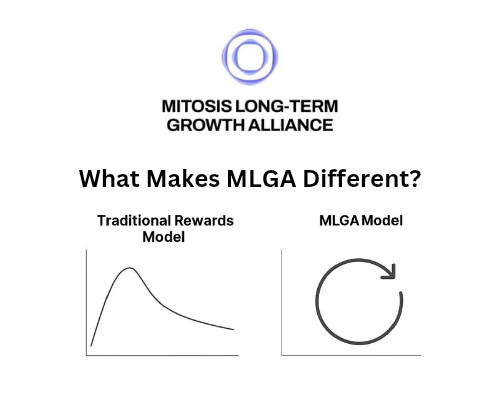🧠 The Hidden Risks Behind Zero-Knowledge Projects: What You Should Know Before Going All-In
Zero-knowledge (ZK) technology has been hailed as one of the most revolutionary innovations in Web3. From ZK-rollups to zkVMs and zkBridges, it promises privacy, scalability, and efficiency. But while the tech is brilliant, the risks are real — and often overlooked in the race to adopt the next ZK-powered project.
Imagine Mitosis uses ZK proofs for powering up Mitosis or Morse AI agent like Magic Newton.
Follow Mitosis on X for news and updates!
Let’s break down the hidden dangers of ZK projects you should be aware of as a user, builder, or investor 👇
⚠️ 1. Complexity = Attack Surface
Zero-knowledge cryptography isn’t just smart — it’s insanely complex. The math behind zk-SNARKs, zk-STARKs, and PLONKs often requires academic-level understanding. This makes it:
- Hard to audit 🔍
- Hard to reason about 🤯
- Easy to break (without even realizing it) 🧨
Most smart contract bugs are caught by the community or white-hat hackers. But with ZK, you’re working in a black box. Even a small mistake in circuit logic can compromise all guarantees — with no visible signs.
🧪 2. Experimental Circuits and zkVMs
Many ZK projects use custom-built proving systems and zkVMs. These include:
- Succinct’s SP1
- Risc0 zkVM
- Polygon’s zkEVM
- zkSync’s Boojum
While these are pushing the space forward, they often trade off security for performance in early versions. Remember:
Just because something is zero-knowledge, doesn’t mean it’s zero-risk.
Even trusted projects can fail if circuits are misconfigured or proofs can be manipulated.
🛠 3. Centralized Provers and Trusted Setups
Not all ZK projects are truly decentralized yet. Many rely on:
- Centralized provers (controlled by the team)
- Trusted setups (a one-time ceremony that, if compromised, can break the entire system)
If a ZK rollup still uses a centralized sequencer or a closed prover, it’s not censorship-resistant and can be paused or manipulated.
Projects like Aleo or Zcash have spent years evolving away from trusted setups — but newer ones often skip these steps for speed.
🕳 4. Data Availability and Hidden Censorship
Some ZK systems compress execution and hide the actual data, which sounds great for privacy — but can lead to:
- Data availability issues: you can’t prove fraud if you don’t have the data.
- Censorship risks: centralized relayers may choose which transactions to include.
Privacy isn’t freedom if it comes at the cost of transparency and liveness.
💰 5. Tokenomics and Unsustainable Subsidies
ZK projects are expensive to run. Proving computation is heavy, and verifying proofs on-chain still requires gas.
Many protocols heavily subsidize usage to grow, which leads to:
- Short-term hype
- Unsustainable economics
- User expectations that break when fees return
Look beyond airdrops and gas rebates. Ask: Is this sustainable without incentives?
🔐 6. Privacy ≠ Security
Many assume ZK = secure. But in reality, ZK = privacy, not protection.
- A zkBridge might protect your address, but if its logic is flawed, your assets are gone.
- A ZK rollup might hide your trades, but if the prover is malicious, it can frontrun you anyway.
Don’t confuse encryption with integrity.
🧱 7. ZK Bridges Still Rely on Off-Chain Assumptions
Some of the most hyped ZK tools today are zkBridges, claiming to offer trustless cross-chain communication.
But the truth?
- Many still rely on relayers
- Oracles might still be required
- Finality is probabilistic, not instant
Until we see battle-tested, fully on-chain ZK bridges, don’t trust blindly.
✅ What To Do as a User or Investor?
Here’s how you can navigate the ZK wave safely:
- Read audits (if they exist — many don’t)
- Check prover decentralization
- Look for open-source circuits
- Avoid first-gen mainnets until they mature
- Understand the limitations — don’t assume bulletproof privacy or security
🧩 Closing Thoughts
Zero-knowledge is one of the most powerful tools in Web3. But power without caution is dangerous.
Before you stake, bridge, or build — ask the hard questions. True innovation doesn’t hide behind complexity — it embraces transparency, simplicity, and community scrutiny.
ZK is not magic. It’s just math. And like all math, it can fail if misunderstood.

Comments ()